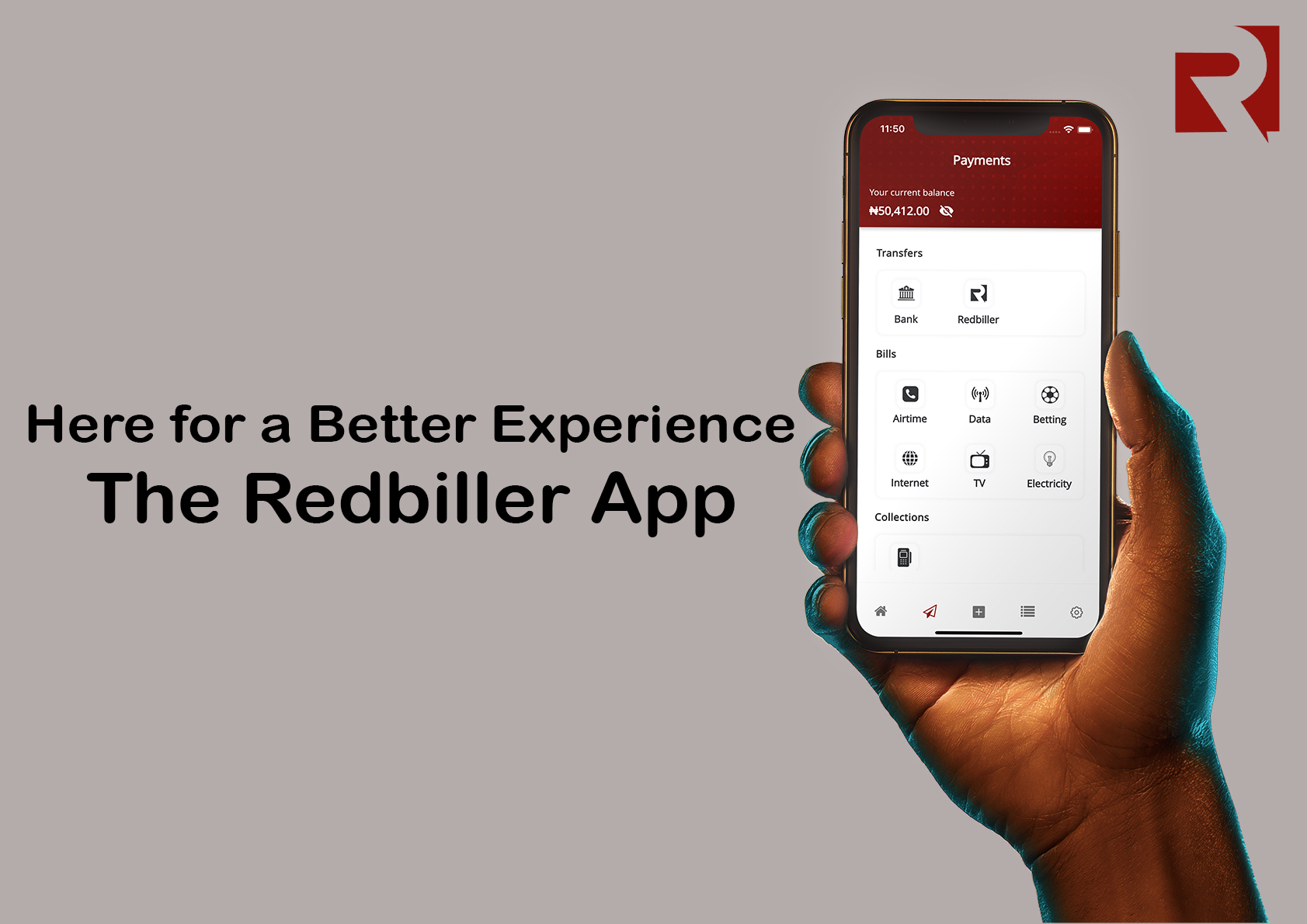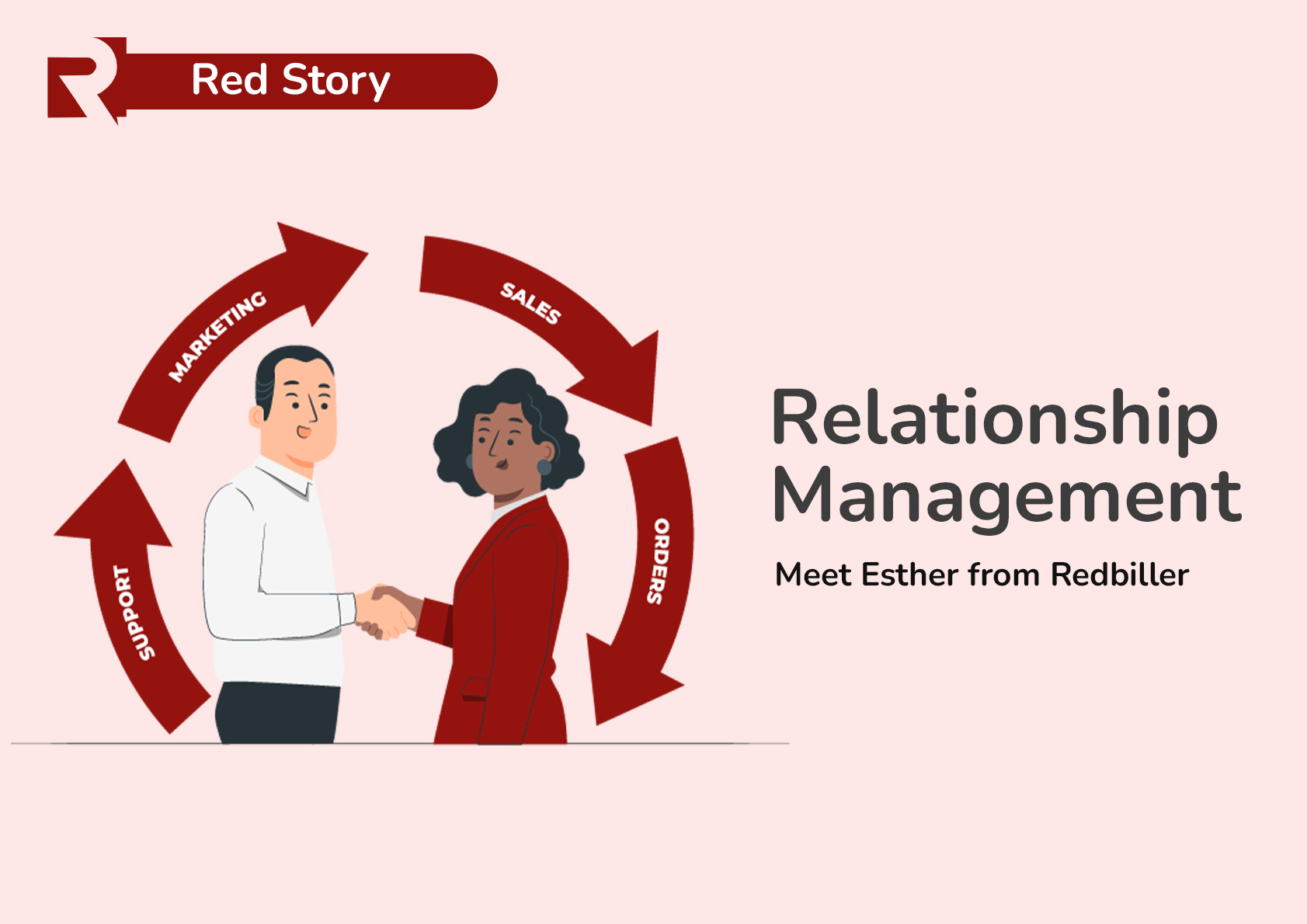A sales funnel is the representation of your customer's journey from the point of contact to the point of sales. It shows how they move from prospects to leads and finally to buyers.
The sales funnel is known by many names -marketing funnel, conversion funnel, and purchase funnel. Interestingly, ‘funnel’ remains a constant word. This is because of the reduction in the number of customers as the journey leads downward to sales.
Every business has a sales funnel. Every business has a unique process customers follow when they come in contact with the business to the point of making a purchase. And it is necessary to identify these stages and employ practical strategies to make the transition from one stage to another smooth for your prospective customers.
For instance, this is what the funnel for an online retail store would look like. 100 people click on the link in a Facebook ad that brings them to the site. 70 of them find the landing page engaging and decide to explore. There is an offer of a 25% discount on the first order for creating a buyer account, and 40 people proceed to create an account. After creating an account, 15 people procced to buy.
Of course, the process can be longer or shorter for your business. But regardless of these differences, the marketing funnel is generally divided into four stages. These stages are called the acronym AIDA.
Awareness
This is the stage that a person first becomes aware of your business and what you have to offer. This first contact can be through an ad on social media, search engine results, a recommendation from someone or any other marketing channel. If a person needs the good/service urgently, the person can proceed to sales immediately. But most prospects go through the four stages.
Interest
This is the stage where the customer explores your site. They will check out your collections, understand how you operate and your charges/pricing. The more engaging and relevant they find your content, goods, and services, the more likely they are to proceed to the next stage. At this stage, you should point out the usefulness of your goods and services to them, but in a subtle way that does not look like you are peddling. Another thing is to make sure the contents are engaging enough to keep them going and refer them to another content that might be of interest.
Decision
This is the stage when the customer knows what they need to know and are ready to buy. They would likely have more than one option in mind. Your job at this stage is to convince them to pick you. You could offer a discount to encourage them. Your branding and pricing also play a role here.
Action
At this stage, you are the chosen one. Your customer proceeds to buy from you. However, your work has not ended. The goal is to turn acquired customers into loyal customers so they can keep coming back. You should make sure the experience is as seamless as it can be. Express gratitude, follow up and encourage them to give feedback.
Developing a sales funnel for your business is not a day’s job. You will need to spend time observing the numbers. But the good part is that when you do, it will open your eyes to see the particular stage at which you are losing customers and what you can do about it.



